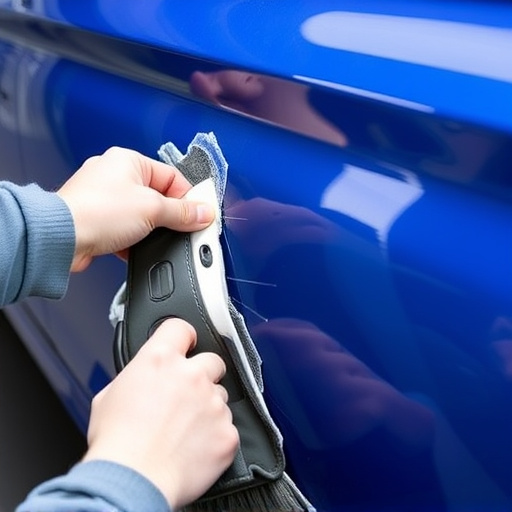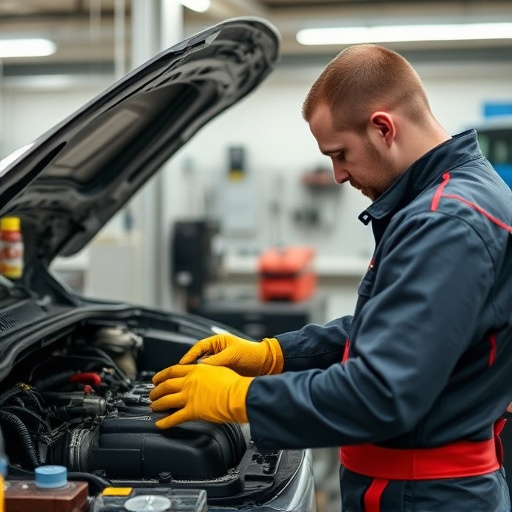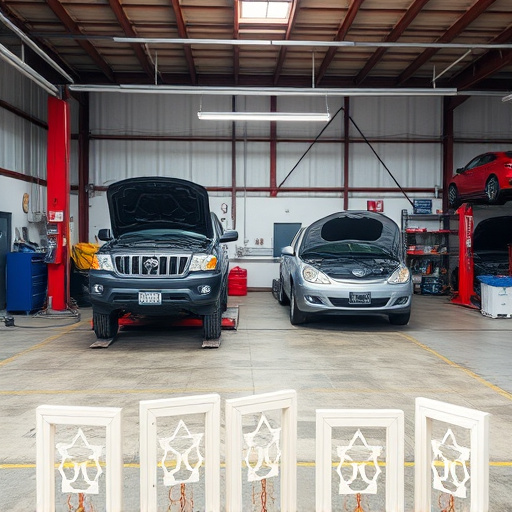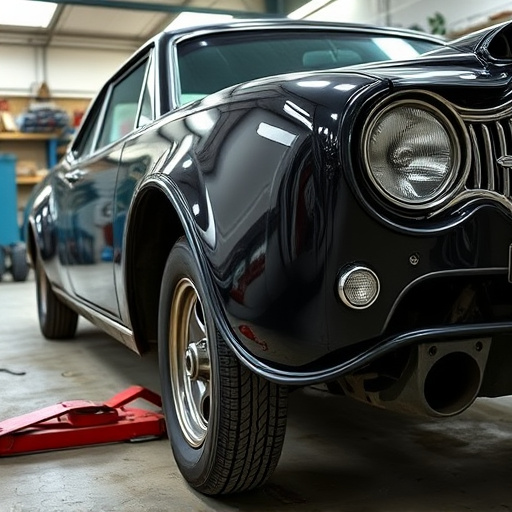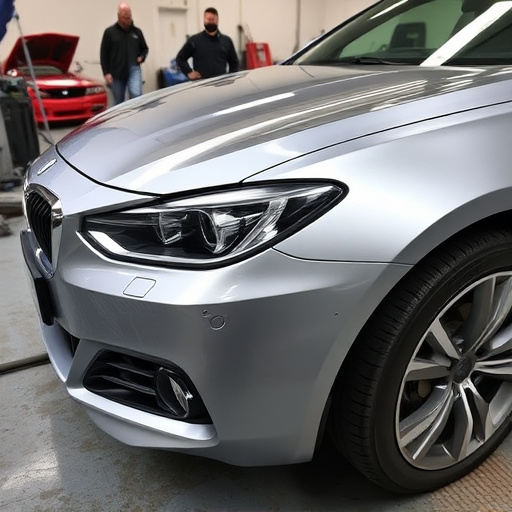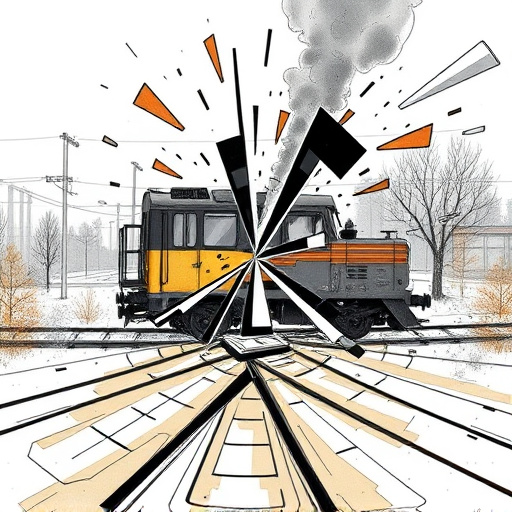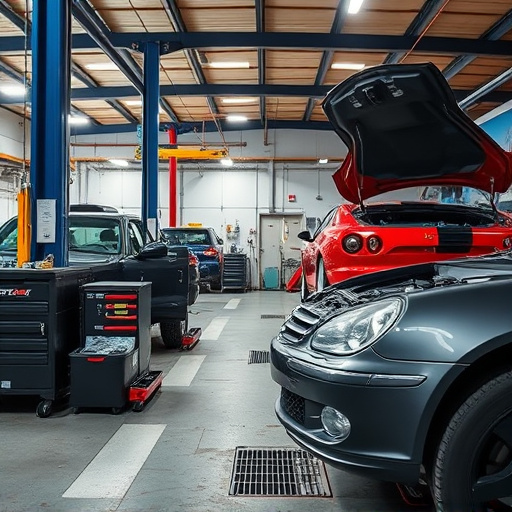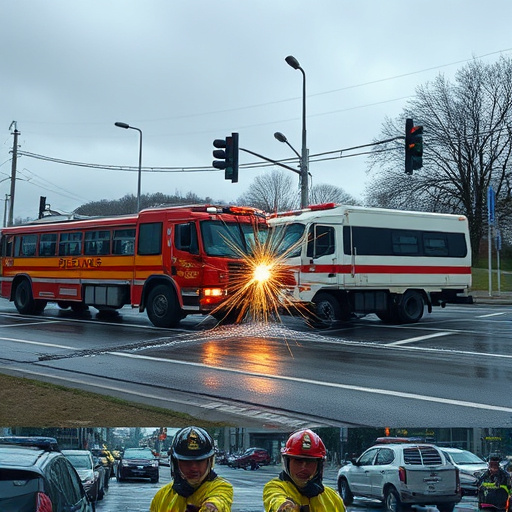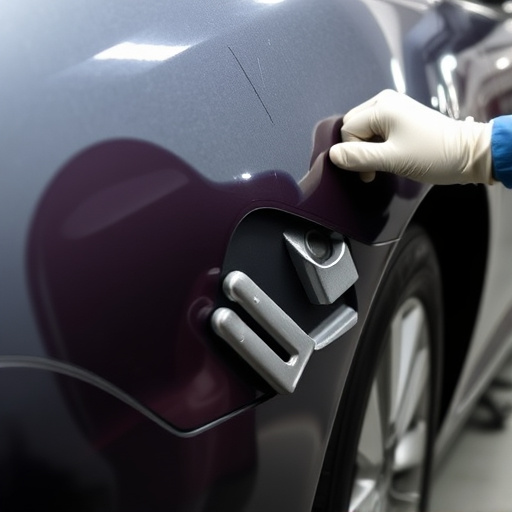Professional Detailing Restoration (PDR) techniques offer a meticulous approach to car restoration, focusing on repairing damaged surfaces without abrasives. This non-invasive method preserves original finishes, makes fender repair and cosmetic enhancements ideal, minimizes paint damage, extends finish lifespan, ensures precise dent removal, and delivers flawless, seamless surfaces for both classic and modern vehicles, enhancing safety and aesthetic appeal across industries.
“Unveiling the power of PDR (Paintless Dent Repair) techniques, this comprehensive guide offers a journey through the fundamentals, benefits, and real-world applications. From understanding the core principles that revolutionize car dent removal to exploring diverse PDR techniques, we delve into the art and science. Discover how these methods benefit businesses, reduce costs, and enhance customer satisfaction. Get ready to navigate the landscape of PDR, where precision meets innovation.”
- Exploring PDR's Core Principles and Benefits
- Common PDR Techniques: A Deep Dive
- Real-World Applications and Industry Impact
Exploring PDR's Core Principles and Benefits
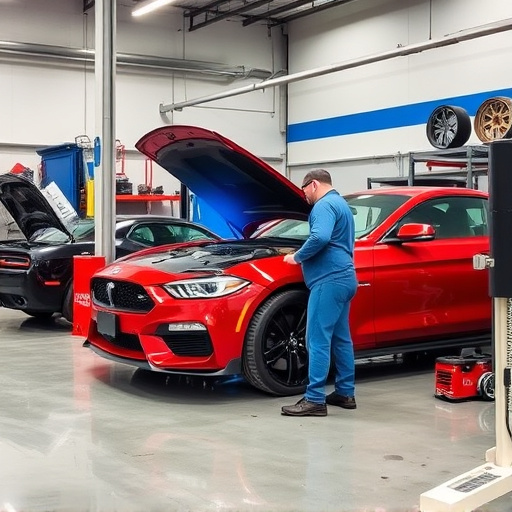
Professional Detailing Restoration (PDR) techniques have revolutionized the automotive industry, offering a meticulous and precise approach to car restoration. At its core, PDR focuses on restoring damaged or dented surfaces to their original condition, providing an alternative to more invasive repairs. This non-abrasive method is particularly valuable in automotive body shops, ensuring that fender repair and other cosmetic enhancements preserve the vehicle’s original finish.
By adhering to PDR’s core principles, professionals can achieve remarkable results, enhancing the overall aesthetics of both classic and modern vehicles. The benefits are numerous: from minimizing paint damage during repairs to extending the lifespan of a car’s finish, making it an attractive option for those seeking meticulous care in their automotive body shop. This technique allows for precise adjustments, ensuring that each dent is expertly removed, leaving a flawless, seamless surface—a true testament to the art and science of car restoration.
Common PDR Techniques: A Deep Dive

In the realm of automotive aesthetics, Professional Detailing (PDR) techniques stand as a cornerstone of car body restoration and auto painting. These methods, often employed by skilled technicians in top-notch body shop services, offer a multitude of benefits beyond conventional cleaning. Common PDR techniques include both mechanical and chemical approaches tailored to address various surface imperfections. One widely used method is the use of specialized tools to gently buff away minor scratches and swirls, revealing a smoother, more even finish. This meticulous process, often referred to as “polishing,” enhances not just the visual appeal but also protects the car’s clear coat from further damage.
Another prevalent technique involves the strategic application of compounds and waxes, which fill in deeper scratches and add a layer of protective sheen. This chemical-based approach is especially effective for more severe cases of car body restoration, ensuring that the vehicle not only looks its best but also retains its gloss over extended periods. These PDR techniques, when expertly executed, can transform a vehicle’s exterior, making it look virtually new—a true testament to the skill and precision inherent in top-tier body shop services.
Real-World Applications and Industry Impact

The practical applications of PDR techniques extend far beyond the automotive body shop, showcasing their versatility and effectiveness in various industries. This non-invasive restoration method has gained significant traction in classic car restoration circles, where precision and minimal damage are paramount. By skillfully employing PDR tools and techniques, restorers can meticulously mend dents, scratches, and dings on vintage vehicles without compromising their historical integrity.
Moreover, the impact of PDR is felt in collision repair settings, offering a game-changer for both professionals and clients. Unlike traditional repair methods that often leave visible scars, PDR enables technicians to restore cars to their original condition with minimal traces of damage. This not only results in aesthetically pleasing finishes but also enhances safety by preserving the structural integrity of vehicle components, making it a preferred choice for many modern automotive body shops.
Understanding the foundational principles and diverse applications of PDR (Paintless Dent Repair) techniques has revealed a powerful toolset for the automotive industry. By mastering these methods, professionals can offer efficient, cost-effective solutions for dent removal, enhancing customer satisfaction and streamlining repair processes. The versatility of PDR techniques positions it as a game-changer in vehicle restoration, with benefits that extend from cosmetic improvements to reduced environmental impact. As the demand for seamless repairs continues to grow, embracing PDR’s potential is key to staying ahead in the ever-evolving automotive landscape.
